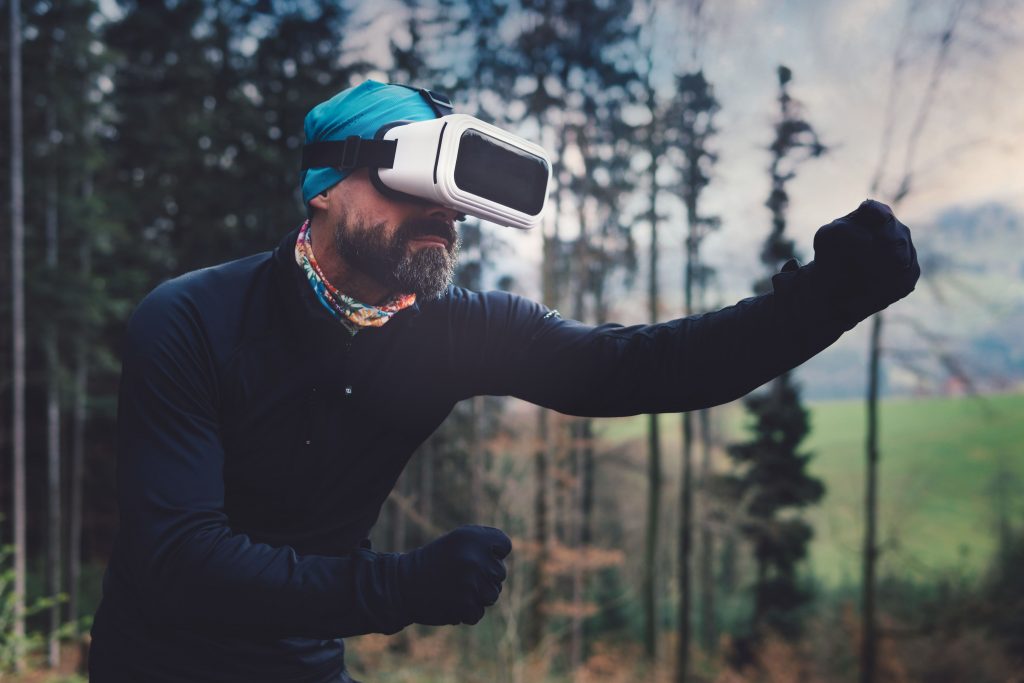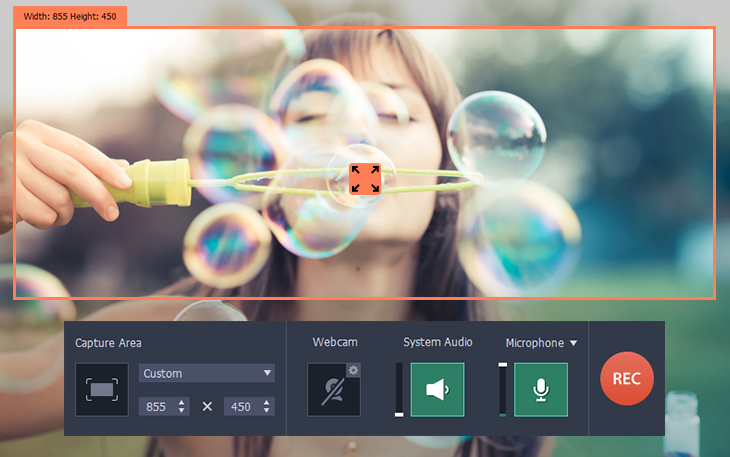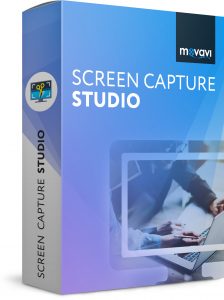
The Importance of Marketing in Dental Industry
In the previous decades, dentists relied on the word of the mouth, if you pardon the pun, and community reputation to build their practices and business. However, today dental health practitioners need to adopt digital marketing in building their new image. By the year 2021, the total global revenue for the dental industry is projected to reach $36.8 billion, with strong indicators that the driving force behind such a revenue surge is going to be the shift towards digital marketing. If you’re not really sure about how to market your dental business, let’s take a look at the most promising trends.
The current situation

According to the American Dental Association (ADA) reports, in 2016 there were more than 196,000 licensed dental practitioners in the country, including those in special fields like orthodontists and oral surgeons. The Australian Dental Workforce In Numbers Report published by the Australian Dental Industry Association (ADIA) shows that the number of dentists in Australia grows by 2% annually, increasing to 16,781 in the twelve months to December 2016. Such figures have prompted dentists, like many other businesses, to look for new ways to differentiate their practices from the clinics down the road.
High population mobility
According to the U.S. Census Bureau data, about 12% of people move to a new location every year. To take Australia for comparison, the data from the Australian Bureau of Statistics (ABS) shows that 350,000 people have moved between states and territories in 2015. When it comes to overseas migration, Australia is the only country that received more historic migration from the US than the US received from it. The ABS data shows, however, that Americans in Australia aren’t overwhelmingly retirees, but largely people in pursuit of work and schooling, motivated by the stout economic growth and shared language. So why are these migrations important for the dental industry?
Marketing based on location
Because with each person or family moving to a new community, there’s the issue of finding a new dental provider. The increase in mobile usage has driven more marketing strategies to optimize local marketing approaches. Optimizing your local SEO is an important move for staying ahead of the competition. One way of doing it is utilizing local keywords in your SEO strategy, or for example, if the client is browsing for the best Chatswood orthodontist, they can use a simple Google search or a specialized service finding social media.
Smart content leads to value
One of the ways that the digital world is changing the dental industry is, by the way, people value and choose a dentist. While in the past it used to be the respect and authority that win the industry and community, today it’s no longer the case. So, when you’re marketing your dental business, you need to appeal to a new mindset, which is more interested in what value you can add to their lives than 20 years of great service and experience that stand behind you. In 2018 and onwards, the dental industry is expected to make a strong turn towards providing value-based content, focused primarily on the customer, rather than on your dental business. A website that provides valuable information to the clients on their landing page is going to get a much higher response than content that only highlights your experience and success in helping clients with gum problems.
Optimize for mobile

Mobile optimization today is no longer an option, it’s a necessity. Since more people use mobile devices than desktop and laptop computers for their daily searches, your site and SEO need to be optimized to reach them. This means replacing boxy lengths of text with a captivating homepage and an easy contact icon. Mobile users also love videos, so if you have one, your page is guaranteed to see a surge in visits. Finally, include the same-day appointment option and the appointment schedule calendar on your landing page.
These simple digital marketing strategies will ensure that years of your dental practitioner experience find their way to the new clients, who are always looking for the best value for their money but much quicker to make an appointment if your local SEO is done right.


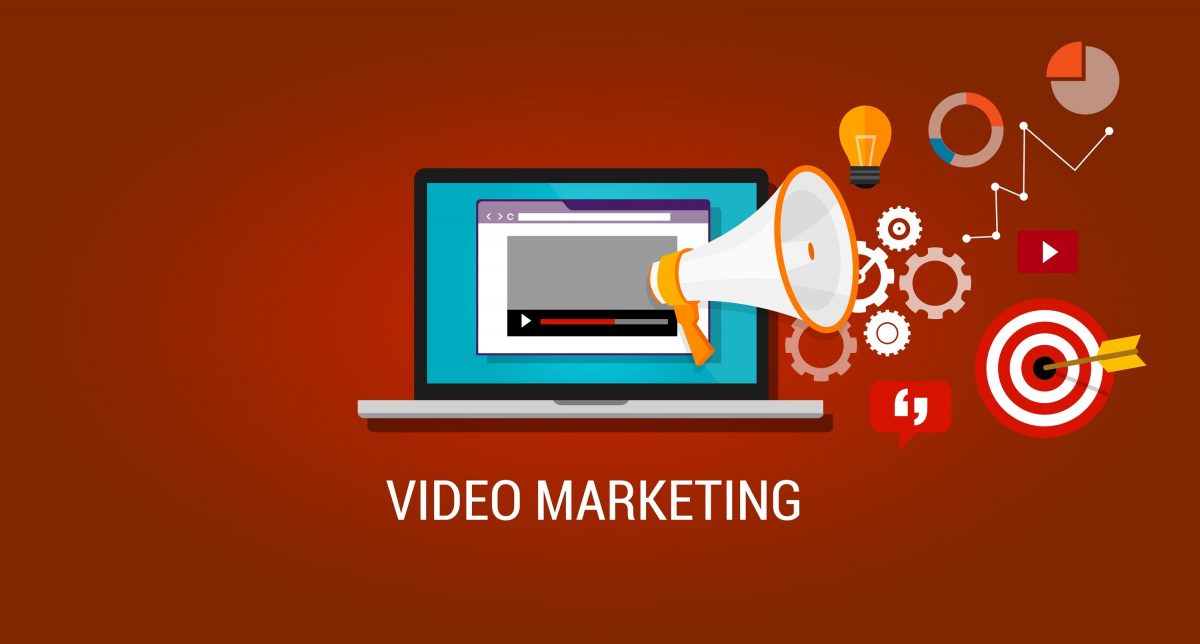

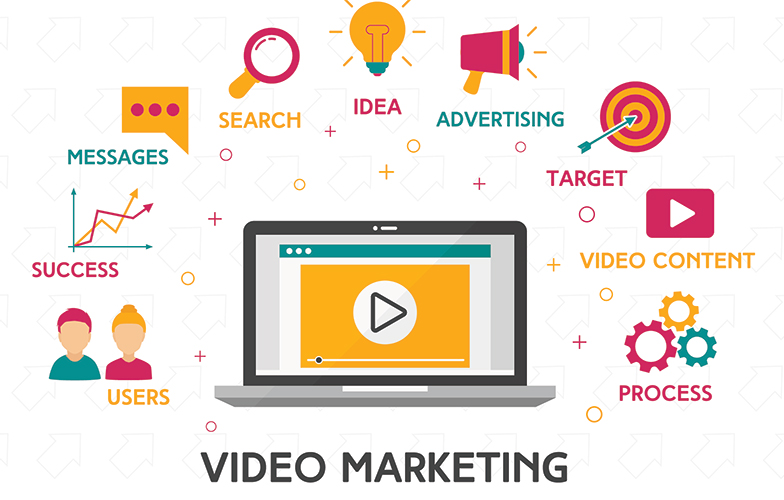
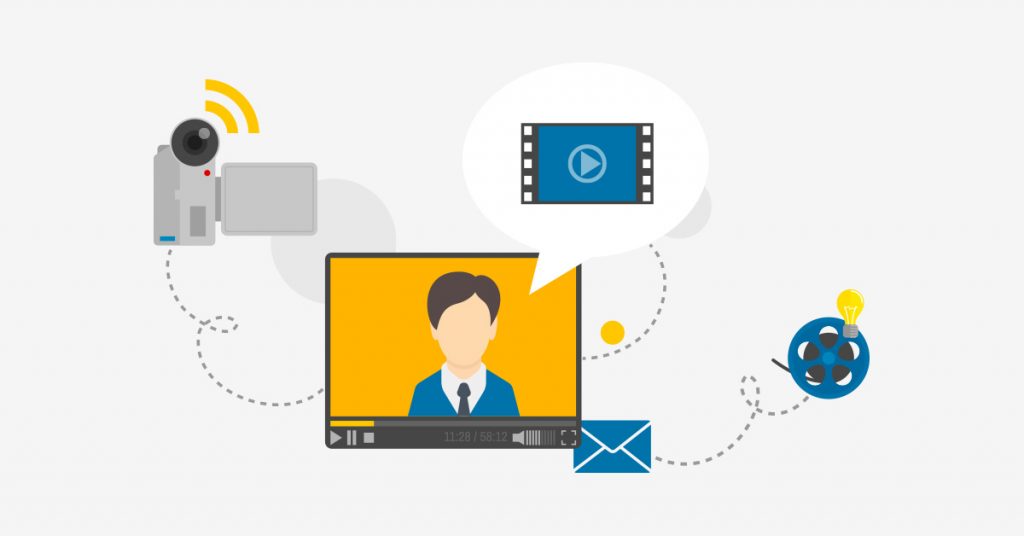
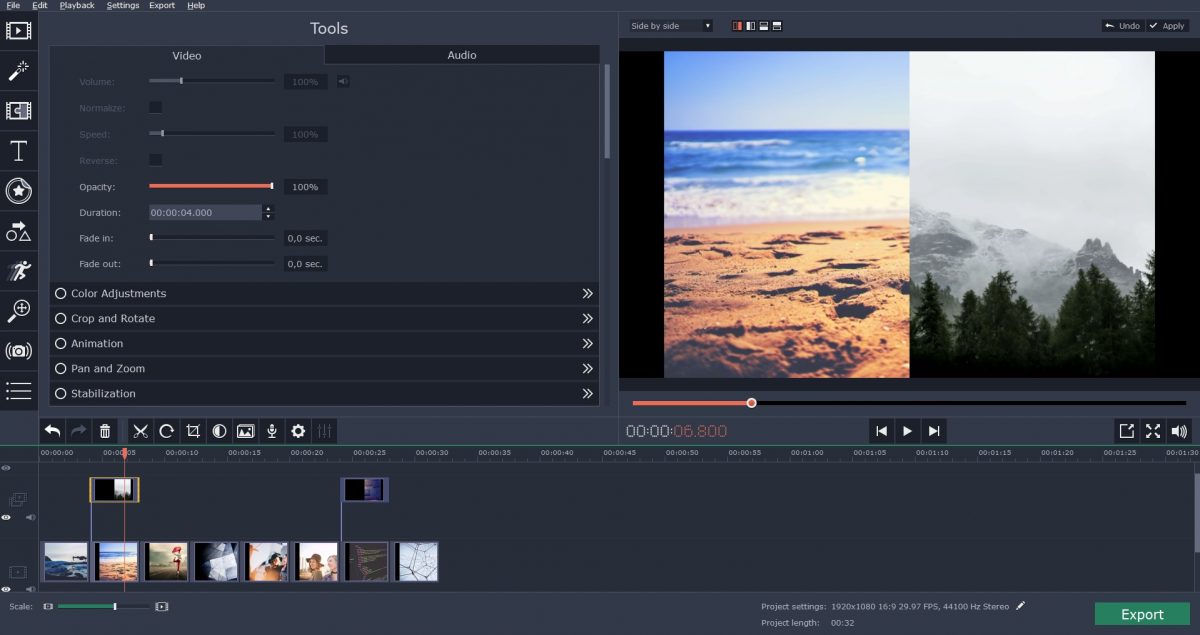





 Are you facing huge competition in the market? Is it difficult to retain your existing customers and maintain their loyalty to your brand? That’s where you should use retention videos. Retention videos are indeed essential to engage your existing customers, connect with them and maintain their interest in your business. You can use a platform such as TikTok to create concise and compelling content for your followers, that will capture and hold the viewers attention. It’s worth taking a look at this
Are you facing huge competition in the market? Is it difficult to retain your existing customers and maintain their loyalty to your brand? That’s where you should use retention videos. Retention videos are indeed essential to engage your existing customers, connect with them and maintain their interest in your business. You can use a platform such as TikTok to create concise and compelling content for your followers, that will capture and hold the viewers attention. It’s worth taking a look at this 






